Understanding Potassium Hydroxide in Industry and Food
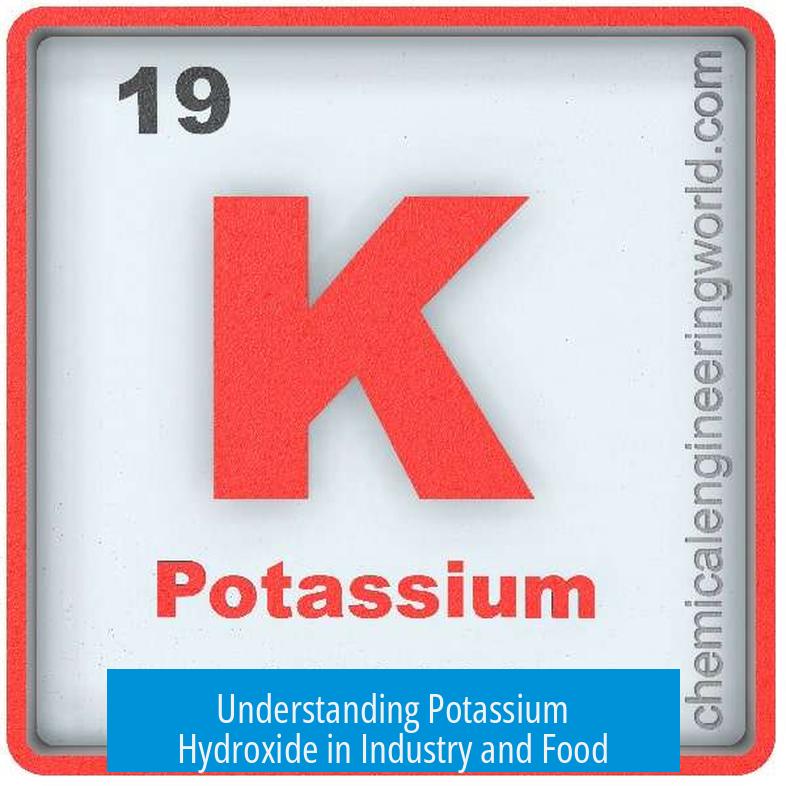 Potassium hydroxide (KOH) is widely used industrially for products like batteries and drain cleaners, but it also appears in low, safe levels in foods to enhance texture, flavor, and reduce sodium. This article explores why KOH is found in foods despite its industrial uses and clarifies how concentration and chemical reactions affect its safety.
Potassium hydroxide (KOH) is widely used industrially for products like batteries and drain cleaners, but it also appears in low, safe levels in foods to enhance texture, flavor, and reduce sodium. This article explores why KOH is found in foods despite its industrial uses and clarifies how concentration and chemical reactions affect its safety.
Industrial Applications of Potassium Hydroxide
KOH is a strong alkali used in making batteries and drain cleaners. In drain cleaners, concentrations often reach about 25%, making the solution highly caustic. The high alkalinity efficiently breaks down organic material blocking drains. Batteries benefit from KOH’s ionic properties as an electrolyte.
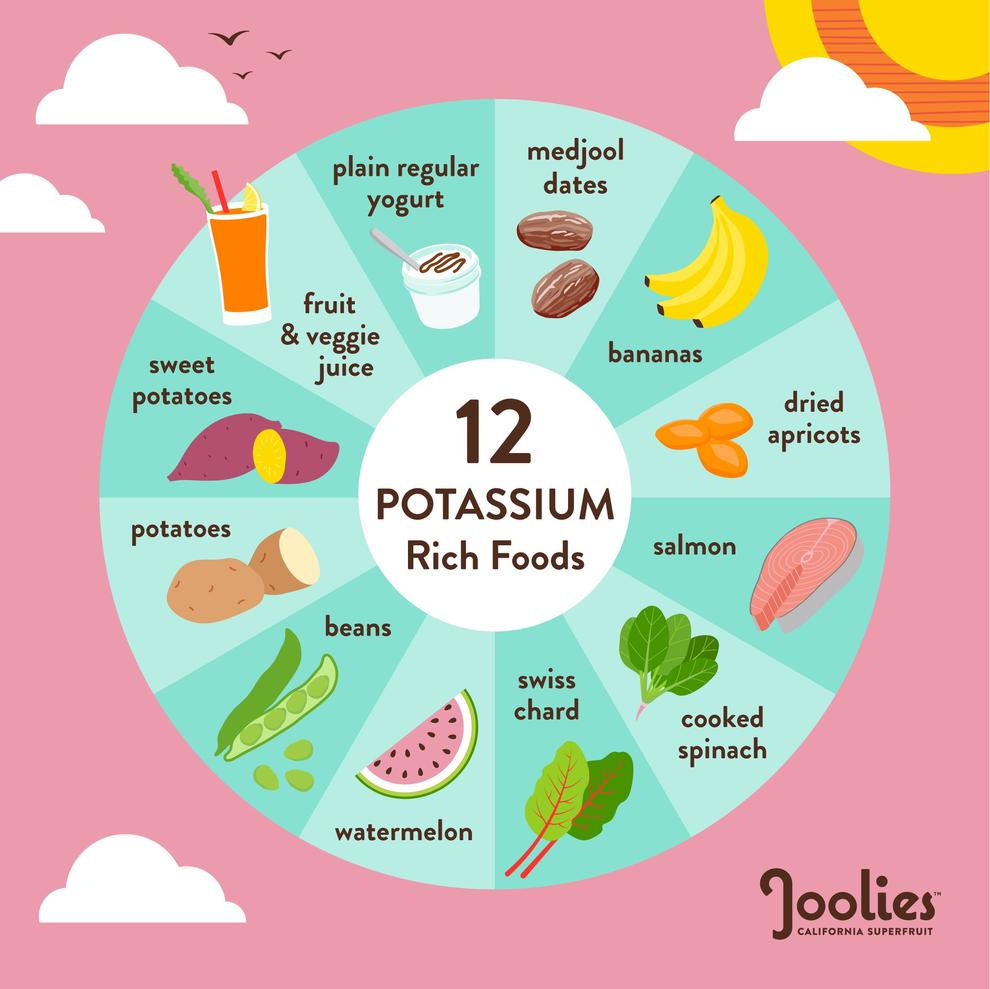
Such concentrated forms are hazardous: one drop can cause serious injury if it contacts skin or eyes. Industrial formulations are designed to exploit KOH’s potency in high doses for cleaning and manufacturing.
Use of Potassium Hydroxide in Food Preparation
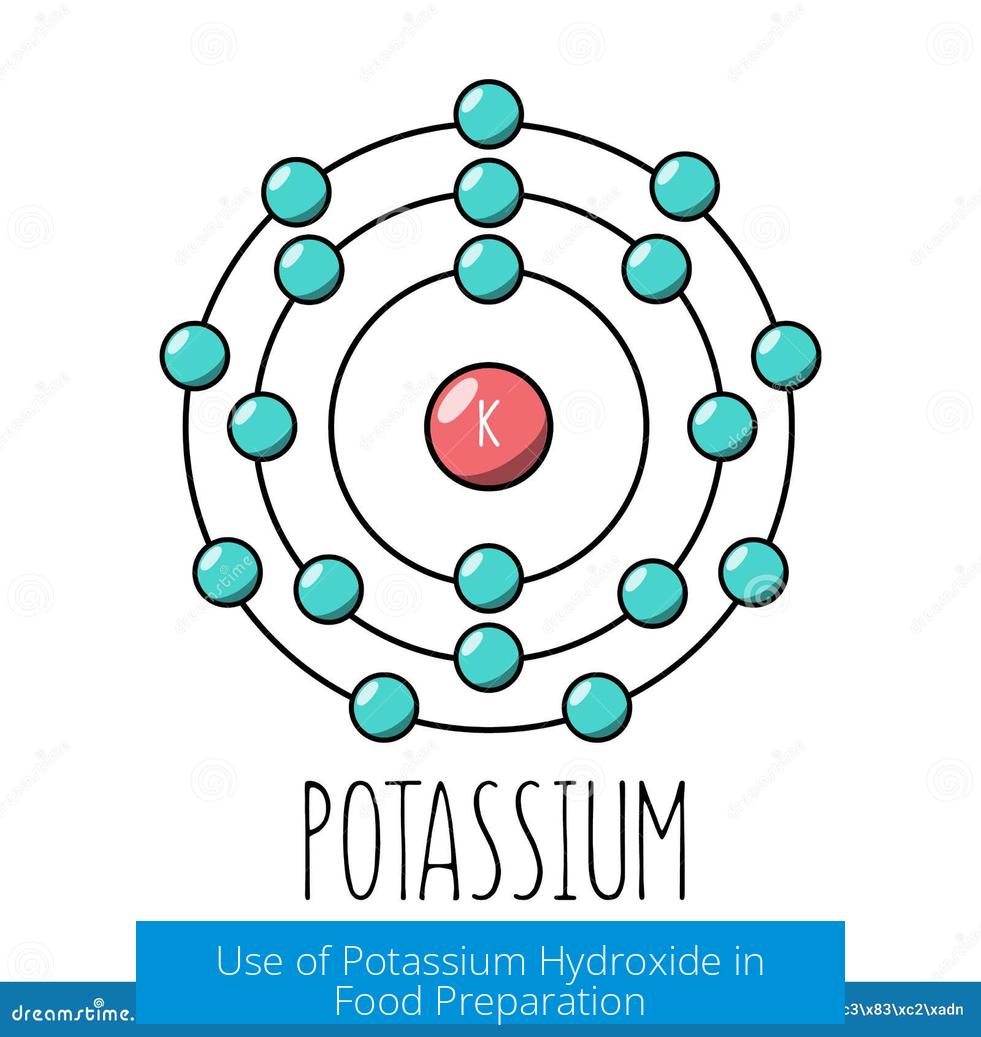
In food, KOH is applied at significantly lower concentrations—generally around 3%. It is commonly used to treat pretzels and bagels by dipping them in KOH-infused water, which raises the pH. This promotes a rapid, deep browning effect known as the Maillard reaction. The result is the characteristic brown, crackly crust.
- Compared to milder alkalis like sodium carbonate, KOH accelerates browning.
- It also catalyzes Maillard pathways without burning at the applied concentrations.
Food manufacturers replace sodium hydroxide with KOH in salt substitutes. By substituting potassium for sodium, products can be marketed as lower in sodium, which aligns with public health goals.
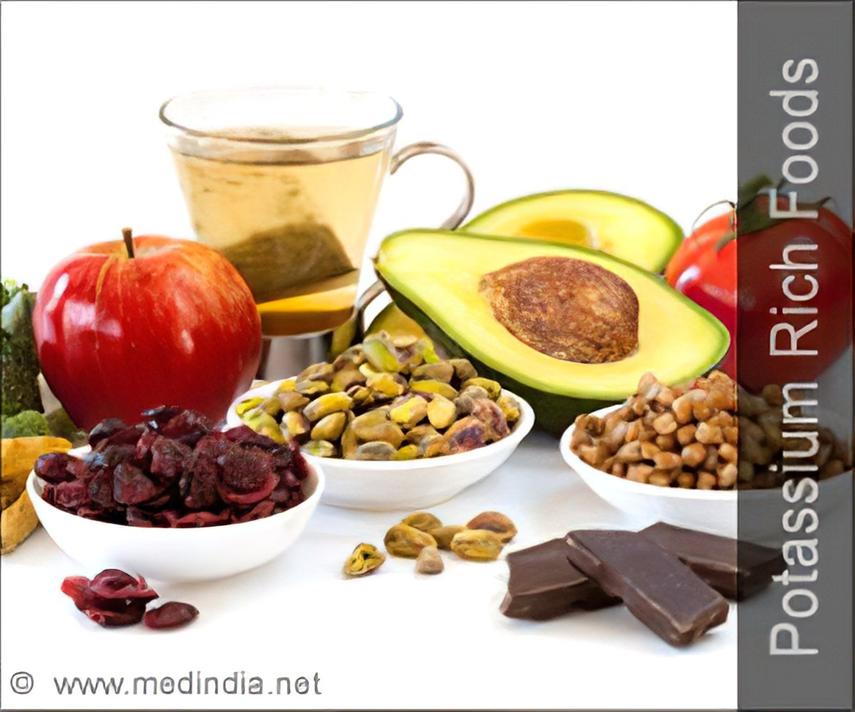
However, potassium salts may impart a metallic or slightly bitter aftertaste. Consumers typically tolerate only about a third of sodium replaced by potassium before taste alteration becomes noticeable. To counter this, flavor masking additives are used when higher potassium replacement is needed.
Thickening Agents and pH Adjustment
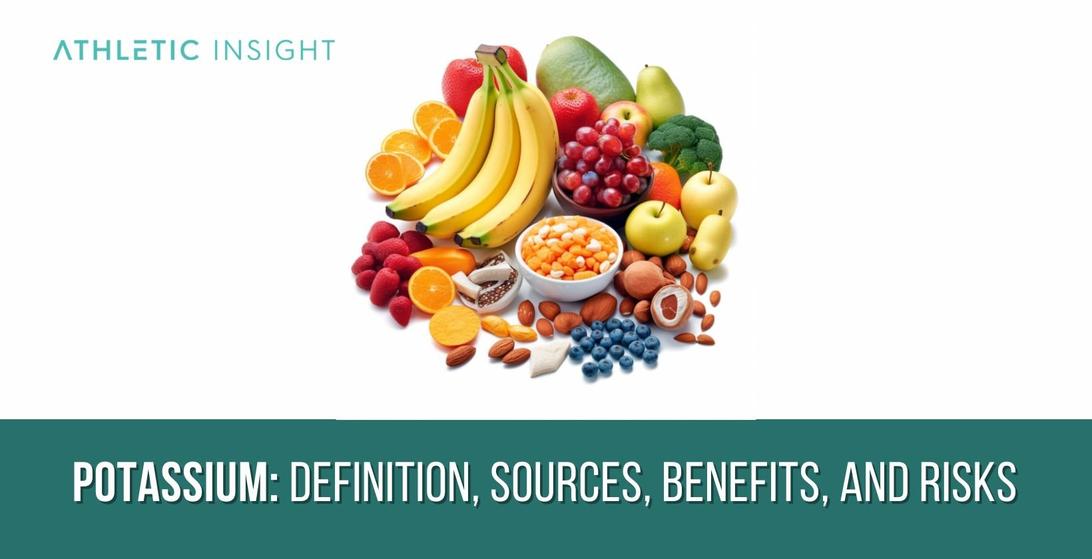
KOH plays a role beyond browning and sodium reduction. It serves as a pH adjuster activating thickeners in products such as yogurts, custards, and vegan gelatin alternatives.
Food thickeners often require a two-step mix—first, the thickener is dispersed, then a caustic compound like KOH increases pH, causing the mixture to gel or thicken. This approach enables stable textures without animal-derived gelatin.
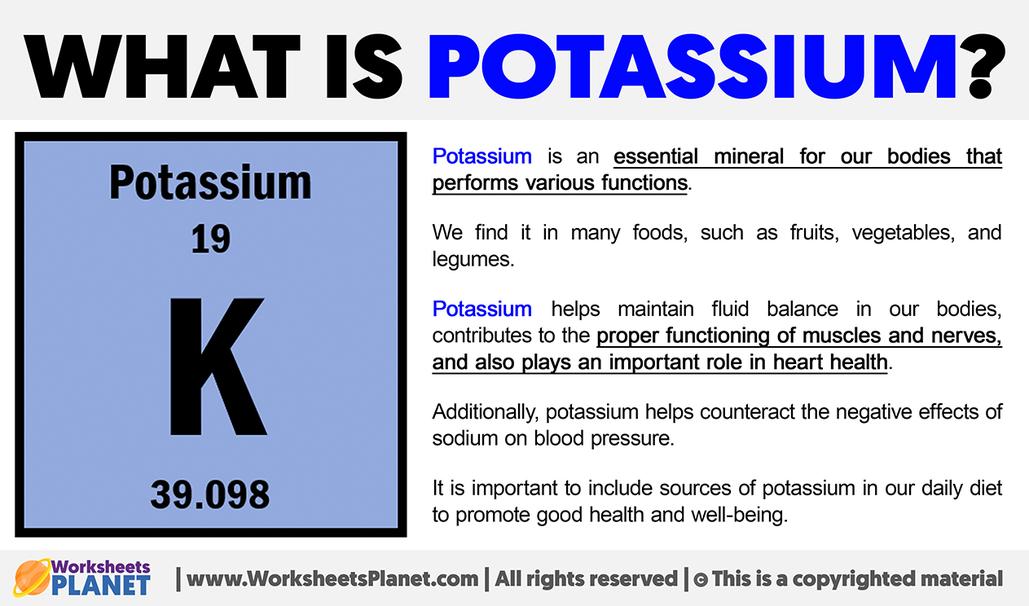
Concentration and Safety: The Dose Determines Risk
Potassium hydroxide’s danger is directly linked to its concentration and amount ingested. Industrial KOH solutions can be 25% or higher, which are corrosive and harmful on contact. In contrast, food-grade KOH is diluted to about 3% or less before use.
The actual KOH content resulting in a serving of food is extremely low—likely measured in micrograms—far below toxic levels. This difference explains why KOH used in food is safe even though it is a strong alkali chemically identical to that in drain cleaners.
“The dose makes the poison,” a principle from Paracelsus, holds true for potassium hydroxide. Virtually all chemicals can be toxic at high doses but harmless or beneficial at low levels.
Chemical Neutralization in the Body
When ingested, potassium hydroxide reacts with acids in the stomach, such as hydrochloric acid, forming potassium chloride (a salt) and water. This neutralization removes caustic properties before any damage can occur.
The hydroxide ion (OH−) combines with hydrogen ions (H+) to form water (H2O), while potassium ions (K+) remain as a nutrient salt.
Potassium’s Nutritional Role
Potassium is an essential mineral crucial for maintaining cellular function, nerve transmission, and fluid balance. Small amounts of potassium salts from KOH are simply incorporated into daily intake, posing no toxicity risk.
The human body is largely water with dissolved salts, so the trace potassium hydroxide in food contributes negligibly compared to normal dietary potassium.
Summary Table: Potassium Hydroxide Uses and Safety
| Aspect | Industrial Use | Food Use |
|---|---|---|
| Concentration | ~25% or higher (highly caustic) | ~3% or lower (safe, diluted) |
| Main Function | Drain cleaning, battery electrolyte | pH adjustment, browning, thickening, sodium reduction |
| Safety Consideration | Corrosive; causes burns on contact | Neutralized in stomach; safe at low doses |
| Effect on Food | Not applicable | Improves crust color, texture, reduces sodium salt content |
Key Takeaways
- Potassium hydroxide’s harmful effects are concentration-dependent; high in industrial products and low in foods.
- In food, it aids browning, texture, and sodium reduction without toxicity risk.
- KOH neutralizes rapidly in the stomach into potassium salts and water.
- Potassium from KOH contributes to essential mineral intake and is not toxic at food levels.
- The principle “the dose makes the poison” applies clearly to KOH and many chemicals.
Potassium Hydroxide: From Batteries and Drain Cleaners to Your Pretzel Dip—How Is It Safe in Food?
Potassium hydroxide (KOH) conjures images of gnarly drain cleaners and the guts of alkaline batteries. But then you find it on the ingredient list of your favorite salty pretzel dip or a processed snack labeled “reduced sodium.” Wait, what? How can a chemical strong enough to melt grease and batteries be safe to eat? It all boils down to concentration and chemistry—at food-grade levels, potassium hydroxide is perfectly safe and does some neat jobs in the kitchen and food manufacturing.
This article dives into the curious journey of potassium hydroxide, explaining how a powerful industrial chemical finds a place in our food without sending us running.
Concentration: The Magic Number That Makes KOH Safe—or Dangerous
Potassium hydroxide is what chemists call a “strong alkali.” In concentrated form, splash it on skin or eyes, and you’re in trouble—think burns or blindness from a single drop. Industrial products like drain cleaners often pack around 25% KOH because the high concentration gel-eats through clogs and grease without mercy.
Contrast that with the tiny amounts used in food. For example, pretzel dips use only about 3% KOH solution. If you do the math, each serving you’d consume contains micrograms of the chemical—**orders of magnitude less than what’s harmful.** This vast difference is what keeps pot hydroxide safe for eating. Remember Paracelsus, the founder of toxicology? He famously said, “The dose makes the poison.” Even water, harmless as it seems, kills at extreme doses.
“The dose makes the poison” — Paracelsus
This principle underpins all safety regarding chemicals in food. So, KOH isn’t inherently “bad.” It only becomes problematic at high doses.
The Chemistry of KOH in Food: Why It Isn’t Just Dangerous Alkali
Potassium hydroxide is reactive—it carries hydroxide ions (OH-) that love to neutralize acids. Your stomach, for instance, is an acidic environment packed with hydrochloric acid (HCl). When KOH meets stomach acid, it reacts instantly:
| Reactants | Products |
|---|---|
| Potassium Hydroxide (KOH) + Hydrochloric Acid (HCl) | Potassium Chloride (KCl) + Water (H2O) |
The hydroxide (OH-) and hydrogen ions (H+) neutralize each other—resulting in harmless water and potassium chloride, which is simply table salt with potassium instead of sodium. In fact, potassium is a vital nutrient we all need for things like muscle function, nerve signaling, and balancing our body’s fluids.
So, when you eat food processed with potassium hydroxide, your body deals with it like any other mineral salt—no lingering corrosive acid or caustic base remains.
Potassium Hydroxide’s Industrial Adventures: Batteries and Drain Cleaning
Let’s geek out a little on the non-food uses first. Potassium hydroxide shows up in two heavy hitters of industry:
- Batteries: KOH is the electrolyte in alkaline batteries, conducting ions so energy can flow efficiently and keep your devices buzzin’.
- Drain Cleaners: At around 25% concentration, KOH dissolves hair, grease, and food gunk by breaking down fat molecules through saponification, making those nasty blockages vanish.
Both uses rely on concentrated solutions, where KOH’s caustic power is fully unleashed. Handling it demands care, gloves, and goggles.
But How Does KOH End Up in Food?
Turns out, potassium hydroxide’s strong alkali properties make it a secret culinary superhero for three main reasons:
- Creating that irresistibly crisp, dark crust on pretzels and bagels. By dipping dough in a mild potassium hydroxide solution before baking, it raises the surface pH. This triggers the Maillard reaction faster, producing that toasty brown color and distinct flavor.
- Reducing sodium in processed foods. Food manufacturers sometimes swap sodium hydroxide with potassium hydroxide during processing. Since potassium salts don’t taste quite like table salt—they’re a bit metallic or oddly bitter—they usually replace only up to one-third of sodium. This approach helps people cut down on salt without sacrificing too much flavor.
- Acting as a thickening agent. Many food thickeners activate when the pH changes, often by adding a small amount of alkali like KOH. This method thickens yogurts, custards, vegan gels, and cheese alternatives without gelatin.
The Pitfalls and Palate
While potassium hydroxide helps make food healthier by cutting sodium, taste buds can protest.
“It tastes metallic or has an odd aftertaste,” some people report when potassium salts replace too much sodium.
Because of this, food scientists limit potassium replacement to around 33%. Beyond that, they add flavor masking agents to keep snacks tasty.
Fun Fact: Your Body Drinks a Lot of Alkali and Acid Every Day
Your body’s about two-thirds water and full of salts and ions, including potassium and chloride. Drinking water contains small amounts of many chemicals—some even dangerous in large doses.
For example, oxygen gas sustains life but too much oxygen leads to toxicity. Similarly, hydrogen causes sun’s lethal radiation yet forms water we drink daily. Chemicals aren’t zodiac-sign “good” or “bad” entities—they are safe or unsafe based on amounts.
Putting Safety into Perspective
The Safety Data Sheets (SDS) show that the lethal dose of potassium hydroxide lies around 0.33–0.38 mg/kg body weight. For an 80 kg person, that’s about 26–30 grams (roughly one ounce). Since food-grade KOH appears in microgram quantities per serving, you’re safe.
Plus, in the food context, KOH reacts quickly and is “used up,” leaving no dangerous leftover alkali.
So Next Time You Munch a Pretzel…
Remember that the alkaline dip—a mild potassium hydroxide solution—is what gave your snack its gorgeous brown, shiny crust and its slightly crisp shell. The tiny amount of potassium hydroxide is a far cry from the caustic drain cleaner or battery acid you may immediately think of.
This small quantity, combined with natural neutralization during digestion, puts potassium hydroxide in the “safe and effective food additive” category. Our bodies even welcome that little potassium dose as an essential nutrient.
Summary Table: Potassium Hydroxide Uses & Safety Across Applications
| Application | Concentration | Effect / Role | Safety Notes |
|---|---|---|---|
| Drain Cleaner | ~25% | Dissolves grease, hair clogs; strong caustic | Extremely hazardous; protective gear needed |
| Batteries | Variable high conc. | Electrolyte conducts ions for power | Handled industrially; not ingested |
| Pretzel Dip | ~3% | Raises pH; enhances crust browning | Tiny amounts, safe; neutralized in digestion |
| Salt-Reduced Foods | Trace amounts | Replaces some sodium to reduce salt content | Moderate replacement advised for taste |
| Food Thickening | Trace amounts | Raises pH for activating thickeners | Safe in food-grade use |
Final Thoughts: The Dose Really Does Make the Poison
Potassium hydroxide’s journey from aggressive industrial cleaner and battery electrolyte to subtle, nuanced food additive perfectly showcases how context and concentration decide chemical safety. At industrial strength, KOH is downright dangerous. In food-grade solutions, it enhances flavor, texture, and nutrition without hazards.
The next time you wonder if a chemical in food sounds scary, ask: how much, and what happens after I eat it? Understanding the dose, reaction, and body interaction demystifies many food ingredients. Potassium hydroxide is no exception.
So, enjoy your pretzel dip knowing there’s a little chemistry magic behind that crispy crust—safe, tested, and backed by good science.
Why is potassium hydroxide used in making pretzels and bagels?
It raises the pH of the cooking water, helping create a brown, crackly crust. This boosts the Maillard reaction, making the crust darker and cook faster than with just water or milder bases.
Is potassium hydroxide safe to eat since it’s in drain cleaners?
Yes. The concentration in food is very low, often around 3%, unlike drain cleaners that have 25% or more. At these low levels, it reacts with acids and is neutralized, posing no harm in food amounts.
How does potassium hydroxide reduce sodium in foods?
It replaces sodium hydroxide in salt substitutes. This lowers sodium content by forming potassium salts instead. However, too much potassium can cause a metallic taste, so only about a third of sodium is swapped.
What happens to potassium hydroxide when it enters the stomach?
It reacts with stomach acid to form potassium chloride (a salt) and water. This neutralization means no harmful alkali remains, and the potassium is absorbed as a nutrient.
Can potassium hydroxide make food thicker?
Yes. It raises pH and works with thickeners to create gels, custards, yogurt, and vegan products. The increased pH changes texture, helping thicken without gelatin.


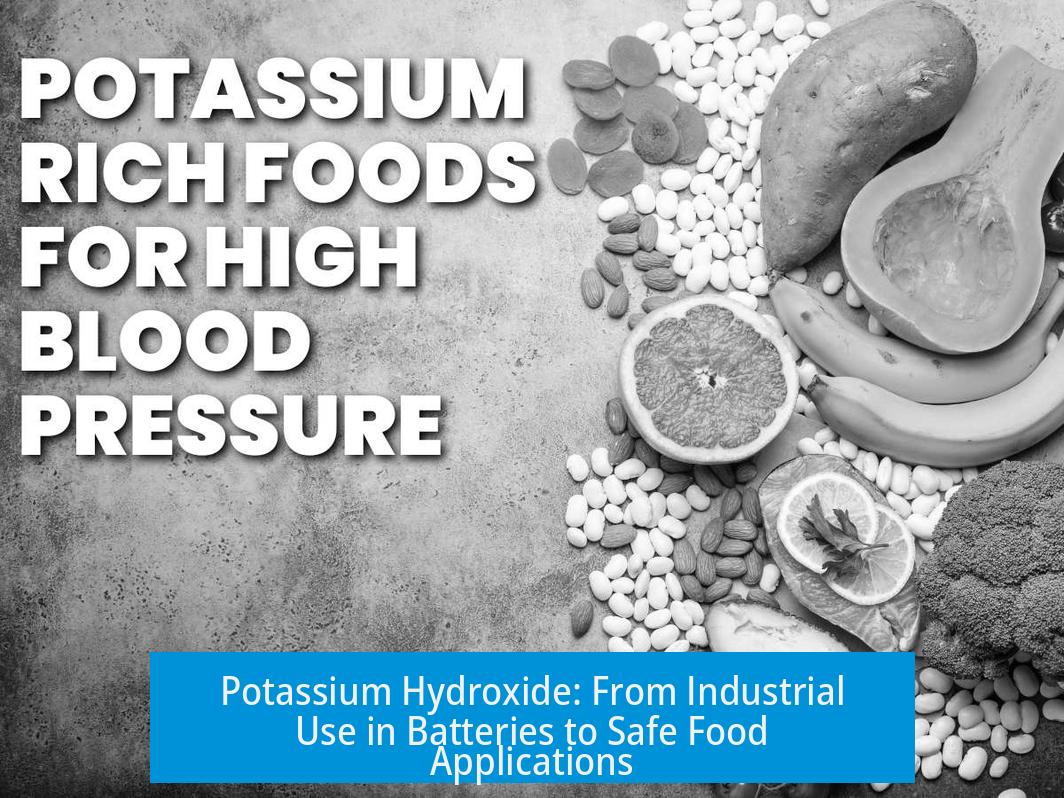

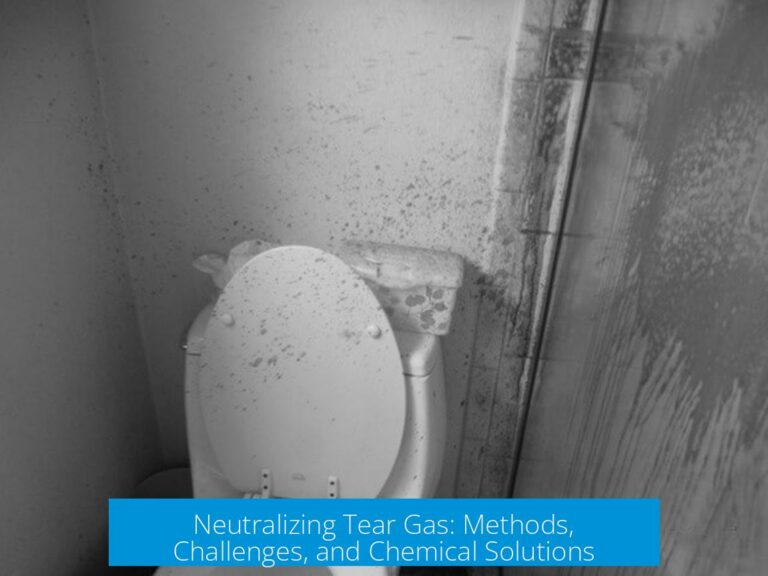
Leave a Comment